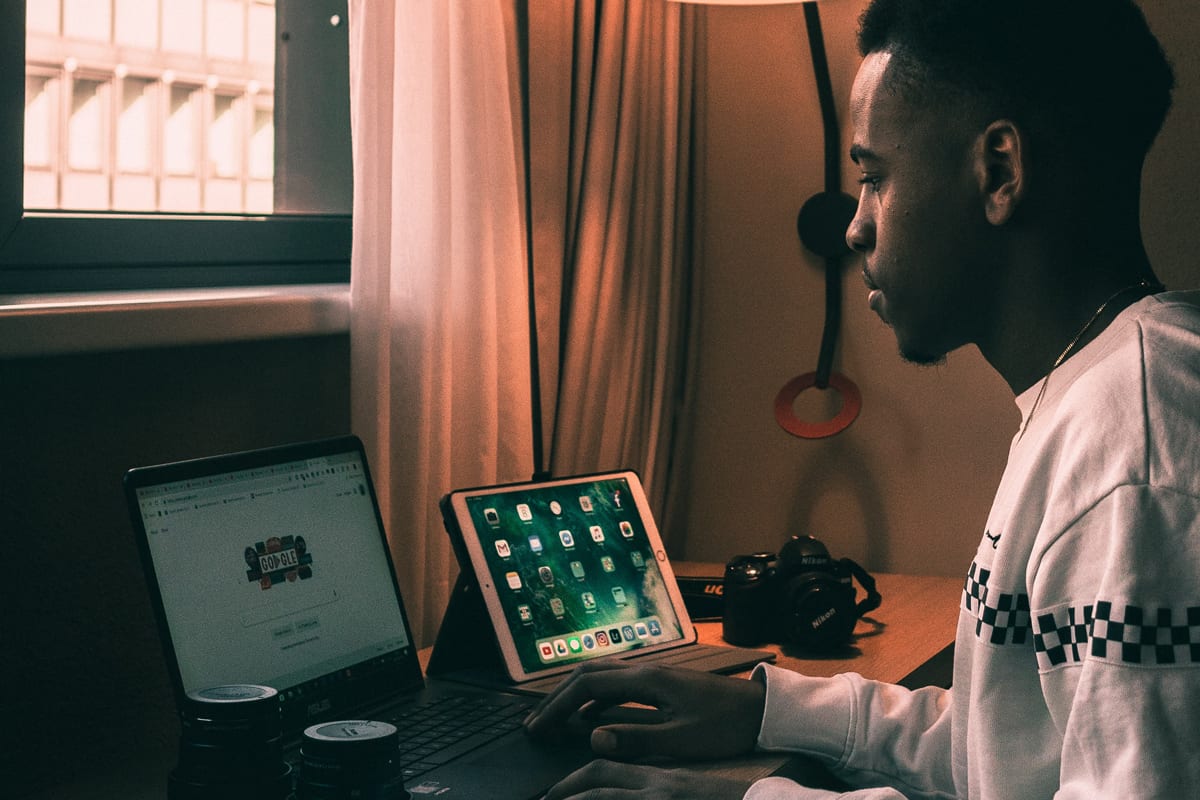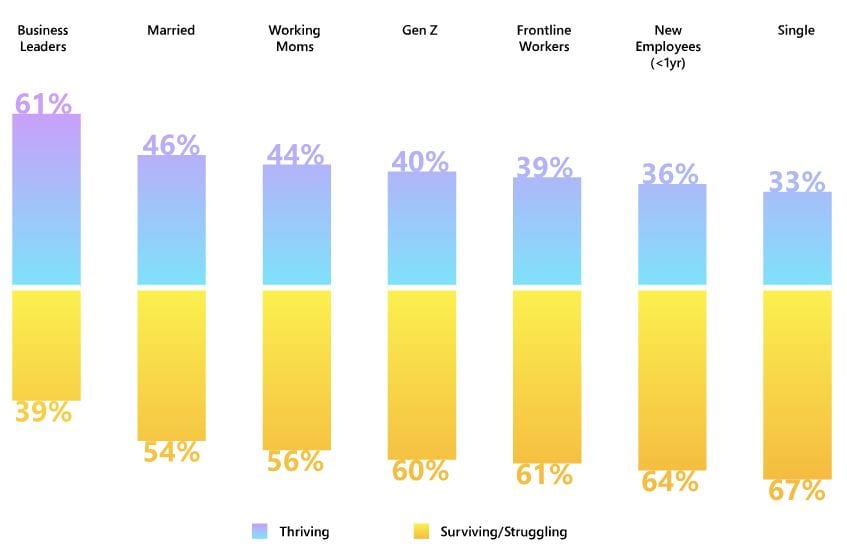Microsoft Paints A Picture Of The Future Of Work

In Microsoft’s 2021 Work Trend Index, the company studied more than 30,000 people in 31 countries, analyzed trillions of productivity and labor signals, and reviewed the perspectives of experts.
The conclusions of this study are noteworthy, including that flexible work is here to stay and that people are open to leaving their jobs at a staggering rate (~40%).
Next Disruption Is Hybrid Work
Survey results show that we are on the brink of a major move to hybrid work, in which some workers will return to the workplace while others will continue to work remotely.
The pros of hybrid work are that employers can find more diverse talent, while some employees can find more job opportunities, gain more personal time, and limit their work commutes. The cons to hybrid work are that teams may become siloed, which reduces collaboration and productivity. Also, digital exhaustion can worsen.
Two-thirds of leaders say their company is considering redesigning spaces for hybrid work, 73 percent of employees say they want flexible remote work options to stay, and 67 percent of employees want more in-person work or collaboration post-pandemic.
Disconnect Between Employers And Employees
The second biggest trend that the 2021 Work Trend Index found is that there is a major disparity between how leaders and their employees are faring.
- 61% of business leaders, who tend to be male Millennials or Gen X, information workers, and farther in their careers, reported that they are “thriving” right now.
- >60% of Gen Z, frontline workers, new employees, and singles said they were just “struggling/surviving.”

According to Jared Spataro, CVP at Microsoft 365, workers lose the most from missing out on impromptu encounters at the office with their employers.
“Those impromptu encounters at the office help keep leaders honest,” Spataro said. “With remote work, there are fewer chances to ask employees, ‘Hey, how are you?’ and then pick up on important cues as they respond. But the data is clear: Our people are struggling. And we need to find new ways to help them.”
Part of the problem seems to come from a disconnect between workers and their employers about where it is important to invest.
For example, even after working from home this year, 42 percent of employees say they lack essential office supplies at home, and 10 percent don’t have adequate Internet access to do their job. But more than 46 percent say their employer does not assist them with remote work expenses.
Digital Exhaustion Is A Problem
In the past year, weekly meeting time for Microsoft Teams users has more than doubled and is still rising. In February 2021, 40.6 billion more emails were delivered than in February 2020. On average, Microsoft Teams users send 45 percent more chats per week and 42 percent more chats per person after hours, with chats per week still on the rise.
More than 60% of calls and meetings were unscheduled, adding to the pressure. And half of Microsoft Teams users respond to chats within five minutes, which is the same as last year, despite the increased workload.
Employers must combat this digital exhaustion, create a plan that allows for flexibility, and rebuild their social capital and culture in order to recruit and retain the best talent going forward.
Is your company working hybrid now? Need help with your employee engagement and retention strategy? Contact us at sales@recruitability.ai for a free consultation.